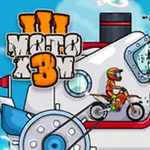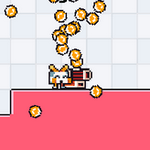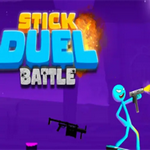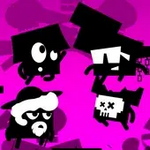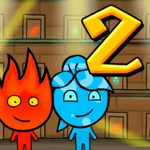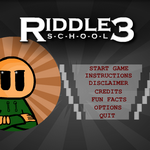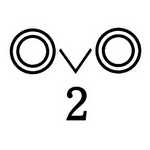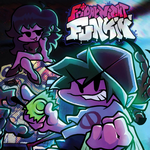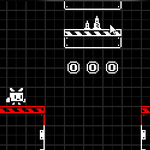
creative kill chamber Unblocked
## Beyond the Blood: Exploring the Creative Potential of Kill Chamber Games
The term "kill chamber" conjures images of brutal, visceral violence, often associated with ultra-violent video games. However, the concept itself – a confined space designed for deadly conflict – offers surprisingly fertile ground for creative exploration, extending far beyond simple gore and carnage. Instead of focusing solely on the act of killing, a creative approach to the kill chamber game can utilize its inherent limitations to explore themes of strategy, resource management, narrative, and even artistic expression.
The traditional kill chamber, whether in a game or fictional setting, presents a stark environment: limited resources, inescapable boundaries, and a focus on eliminating opponents. But what if we reframe the "kill" as something metaphorical? The opponents might not be human, but rival factions, competing ideas, or even internal demons. The "chamber" itself could be a metaphorical space – a creative block, a stressful deadline, or even the confines of one's own mind.
This reframing allows for a wealth of creative possibilities:
* Narrative-Driven Kill Chambers: Instead of random combat, the encounters could be driven by a compelling story. Each opponent could represent a past trauma, a difficult decision, or a challenge the protagonist must overcome. Their defeat might not be physical, but a resolution of the underlying conflict.
* Puzzle-Based Kill Chambers: The focus could shift from direct combat to strategic problem-solving. Players might need to manipulate the environment, utilize limited resources cleverly, or exploit the weaknesses of their "enemies" to achieve victory. This approach prioritizes intelligence and ingenuity over brute force.
* Resource Management and Survival Kill Chambers: The limited resources within the chamber could become the central challenge. Players must carefully manage their supplies, make difficult choices under pressure, and adapt to changing circumstances to survive – the "killing" being the clever outmaneuvering of scarcity.
* Artistic Expression within the Kill Chamber: The chamber itself could become a canvas for creative expression. The destruction of enemies could trigger artistic effects, transforming the environment or creating unique visual sequences. The game's mechanics could be designed to reward creative solutions and punish unimaginative violence.
Furthermore, the "kill" itself can be redefined. Instead of outright death, it could represent:
* Disproving a theory: In a scientific setting, "killing" an opponent could mean disproving their hypothesis.
* Debunking a myth: In a fantasy setting, "killing" an opponent could mean revealing their false identity or exposing a lie.
* Overcoming a fear: In a psychological setting, "killing" an opponent could mean confronting and overcoming a personal phobia.
By shifting the focus from gratuitous violence to innovative gameplay mechanics and compelling narratives, the kill chamber can transcend its violent connotations and become a powerfu
